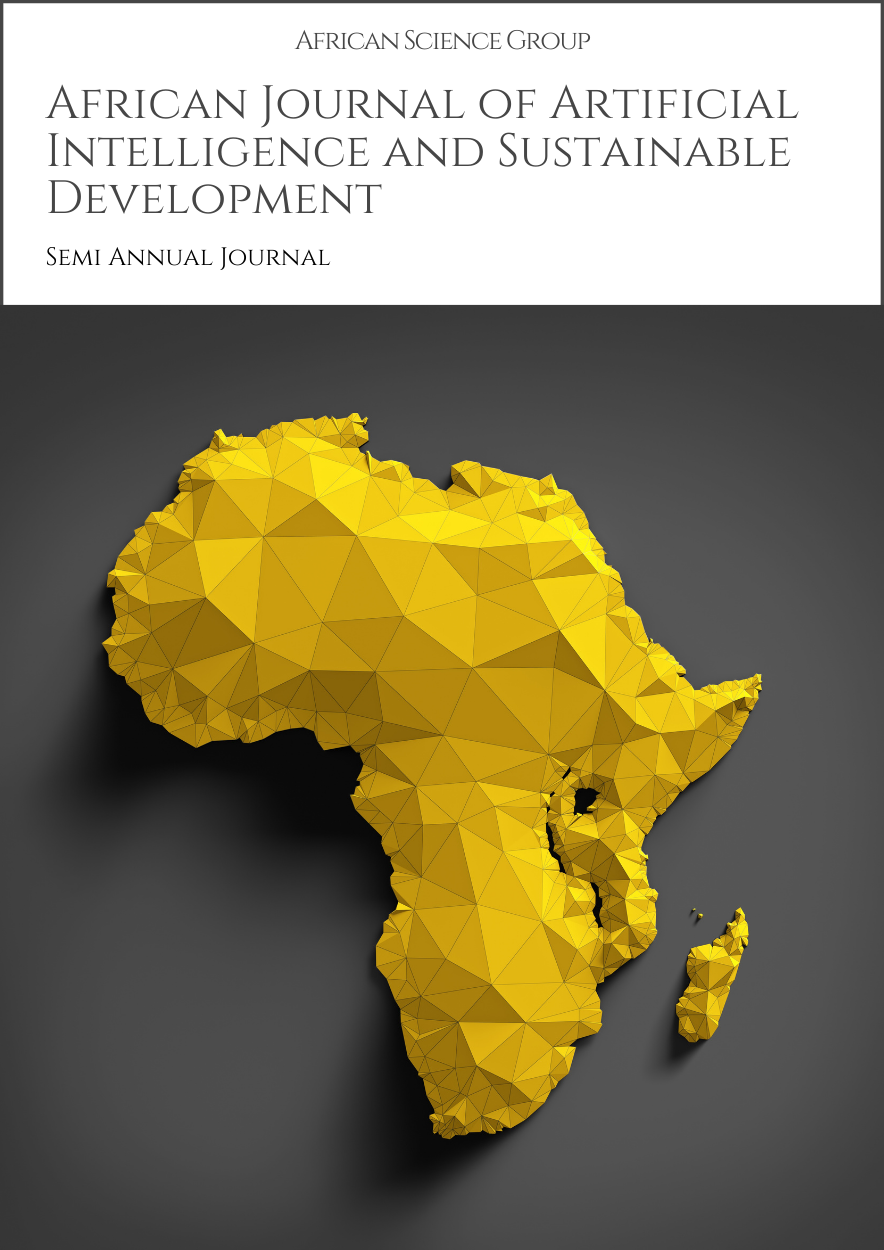Knowledge Distillation - Methods and Implementations: Studying knowledge distillation methods for transferring knowledge from large, complex models to smaller, more efficient ones
Published 20-06-2022
Keywords
- Knowledge Distillation,
- Teacher-Student Architecture,
- Loss Functions

This work is licensed under a Creative Commons Attribution-NonCommercial-ShareAlike 4.0 International License.
Abstract
Knowledge distillation is a technique used to transfer knowledge from a large, complex model (teacher) to a smaller, more efficient one (student). This paper provides a comprehensive overview of knowledge distillation methods and implementations. We first discuss the motivation behind knowledge distillation and its applications. Next, we review the key concepts and components of knowledge distillation, including the teacher-student architecture, loss functions, and training strategies. We then delve into various knowledge distillation methods, such as traditional knowledge distillation, attention-based distillation, and self-distillation. We also explore different implementations of knowledge distillation, including distillation for image classification, object detection, and natural language processing tasks. Finally, we discuss challenges and future directions in knowledge distillation research.
Knowledge distillation is a technique used to transfer knowledge from a large, complex model (teacher) to a smaller, more efficient one (student). This paper provides a comprehensive overview of knowledge distillation methods and implementations. We first discuss the motivation behind knowledge distillation and its applications. Next, we review the key concepts and components of knowledge distillation, including the teacher-student architecture, loss functions, and training strategies. We then delve into various knowledge distillation methods, such as traditional knowledge distillation, attention-based distillation, and self-distillation. We also explore different implementations of knowledge distillation, including distillation for image classification, object detection, and natural language processing tasks. Finally, we discuss challenges and future directions in knowledge distillation research.
Downloads
References
- Tatineni, Sumanth. "Blockchain and Data Science Integration for Secure and Transparent Data Sharing." International Journal of Advanced Research in Engineering and Technology (IJARET) 10.3 (2019): 470-480.
- Shaik, Mahammad, and Leeladhar Gudala. "Towards Autonomous Security: Leveraging Artificial Intelligence for Dynamic Policy Formulation and Continuous Compliance Enforcement in Zero Trust Security Architectures." African Journal of Artificial Intelligence and Sustainable Development1.2 (2021): 1-31.
- Tatineni, Sumanth. "Cost Optimization Strategies for Navigating the Economics of AWS Cloud Services." International Journal of Advanced Research in Engineering and Technology (IJARET) 10.6 (2019): 827-842.

